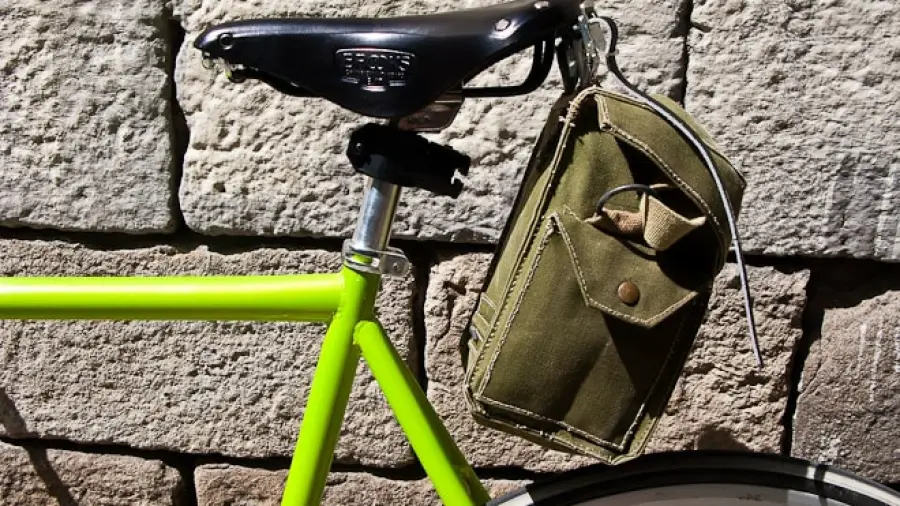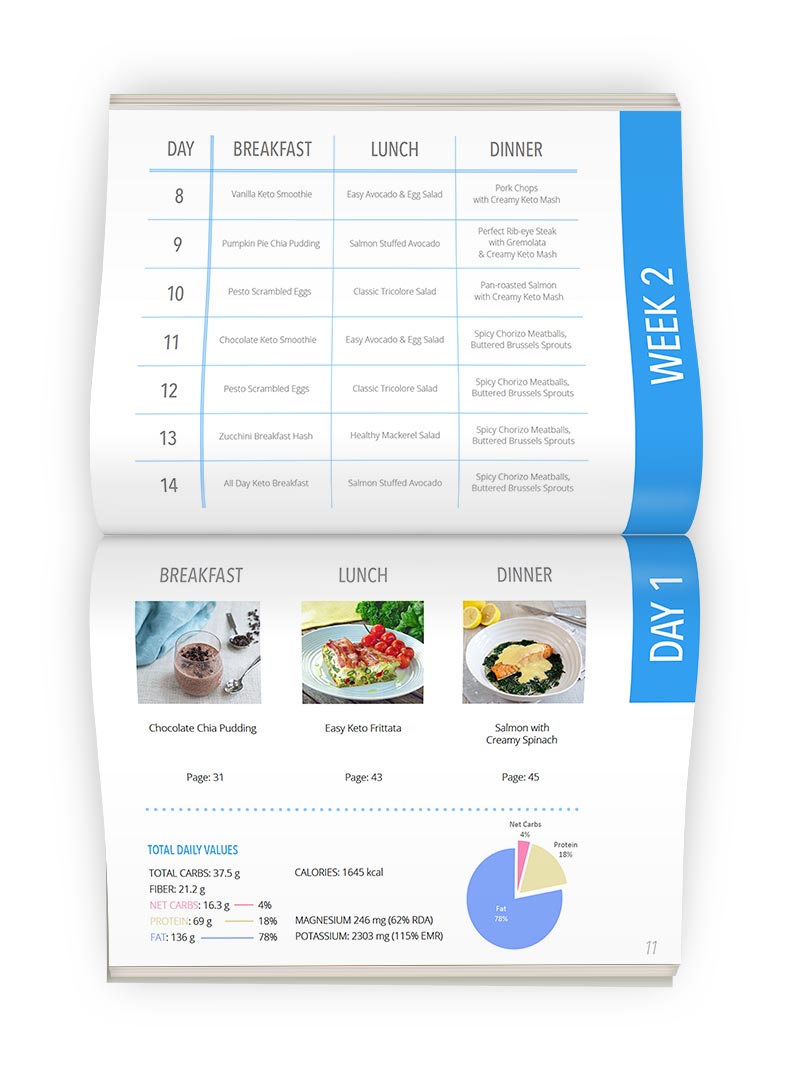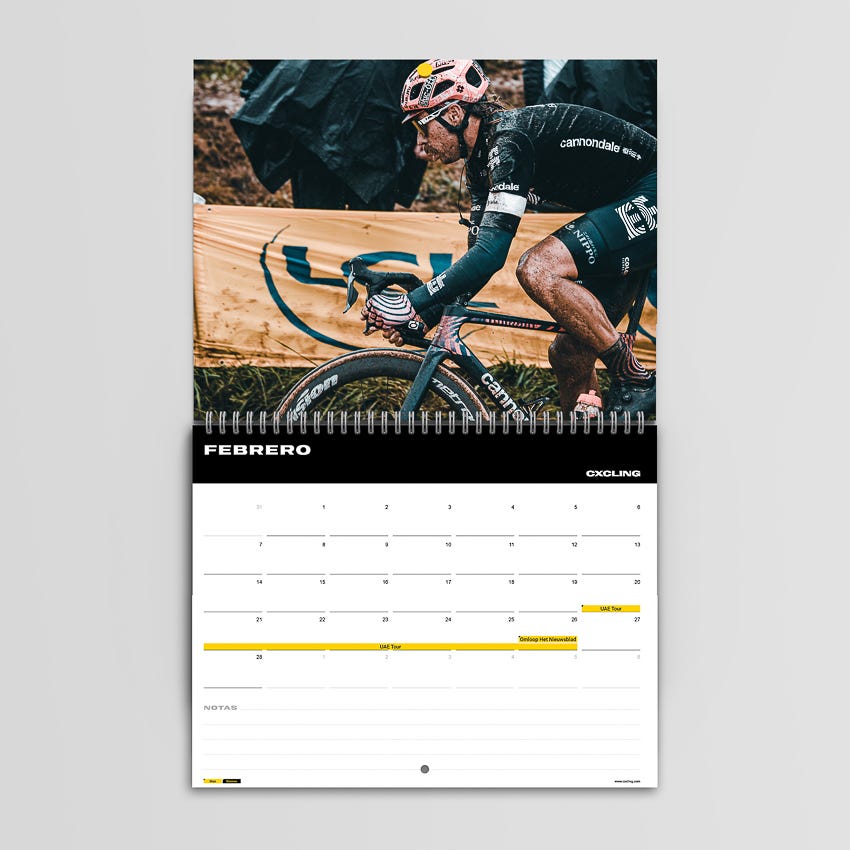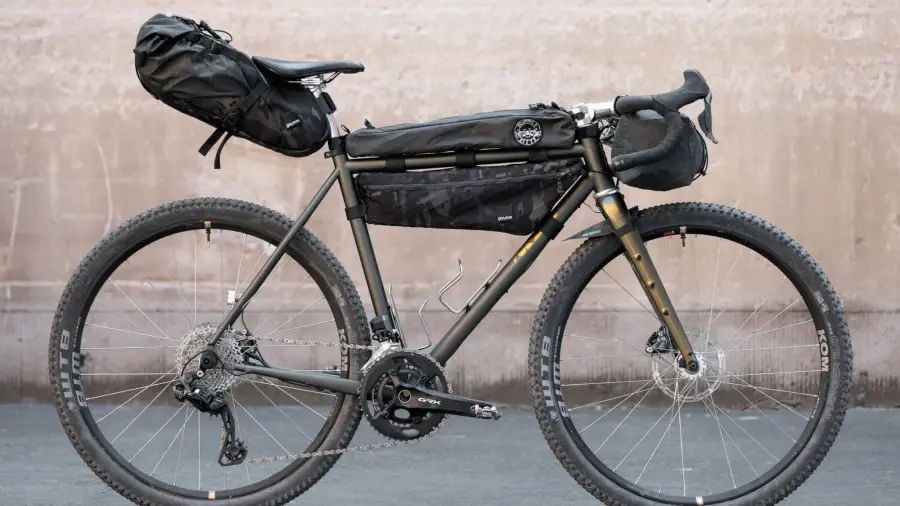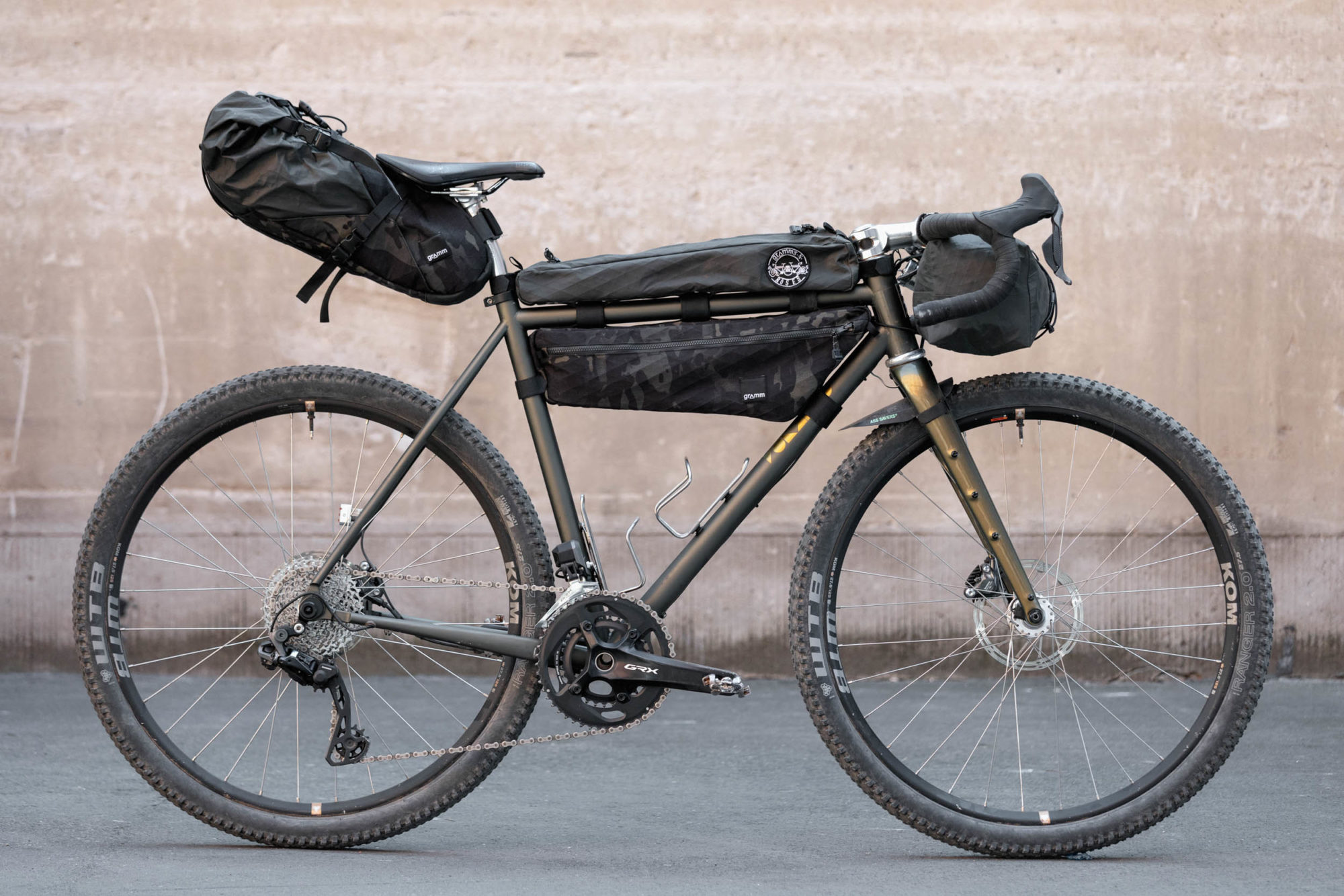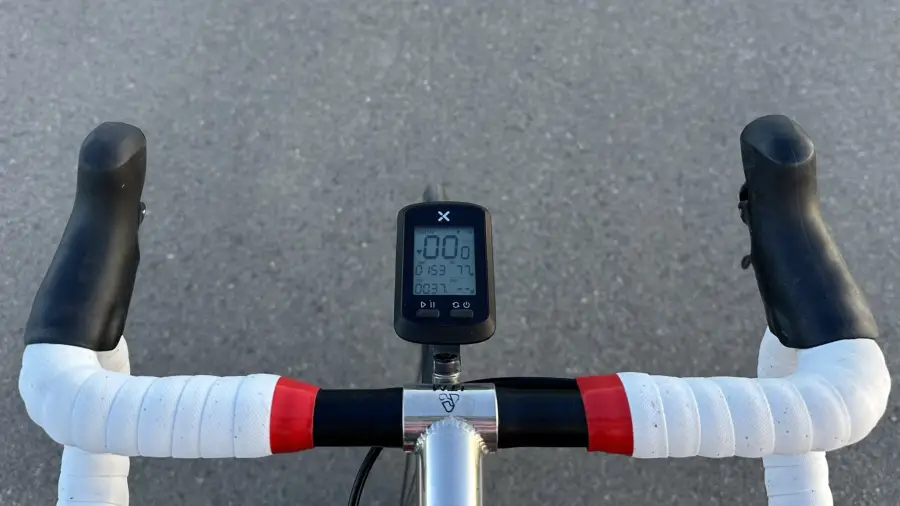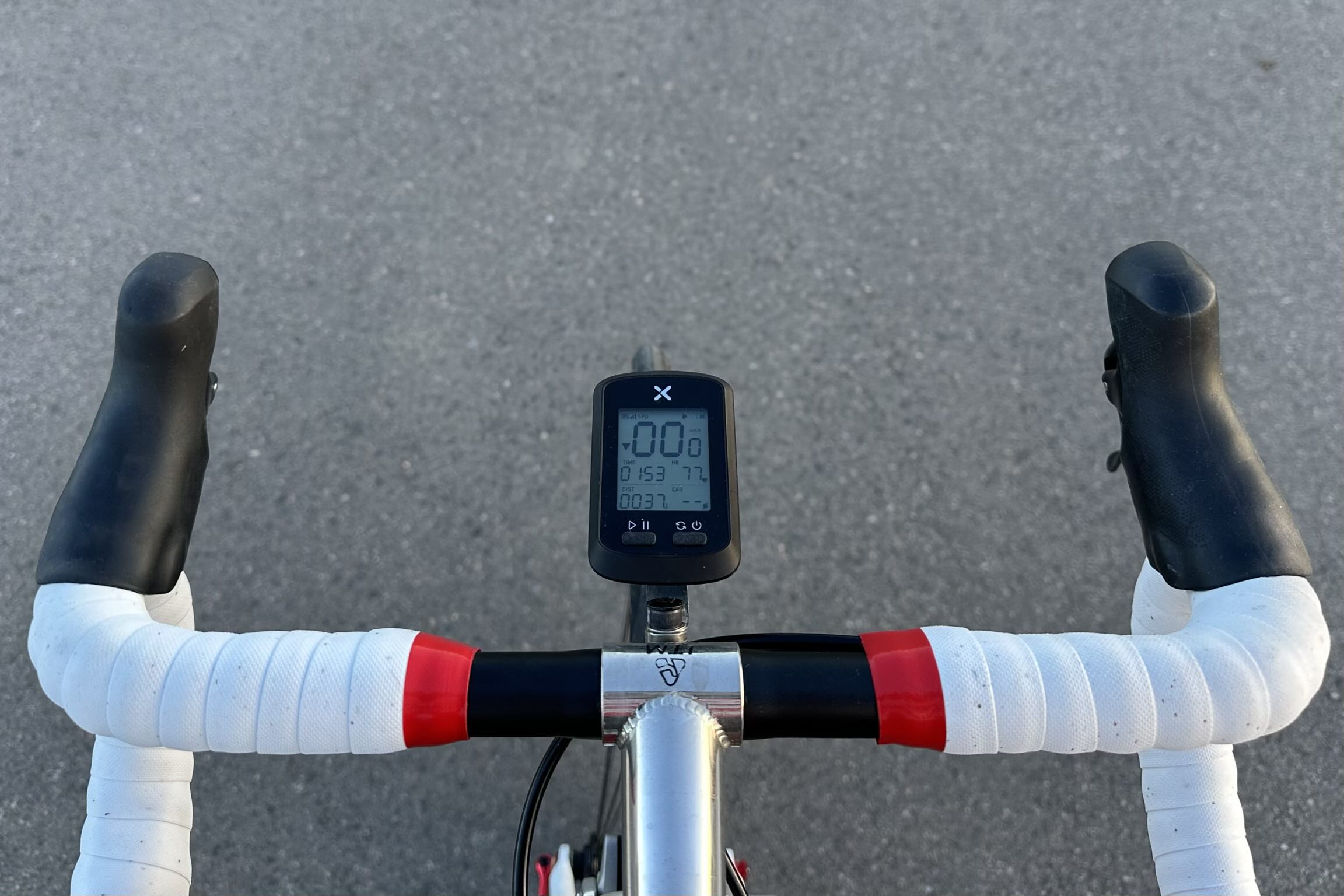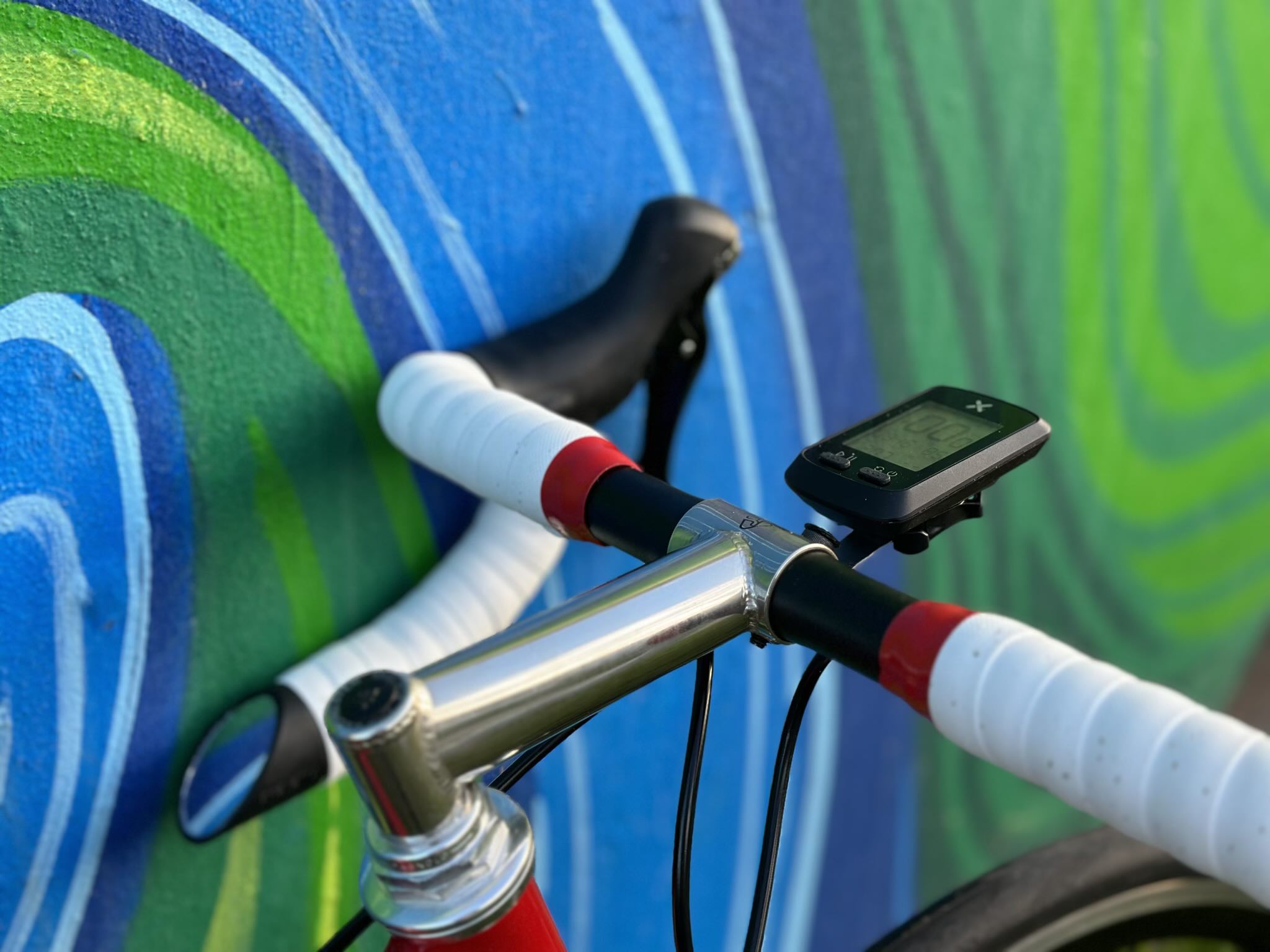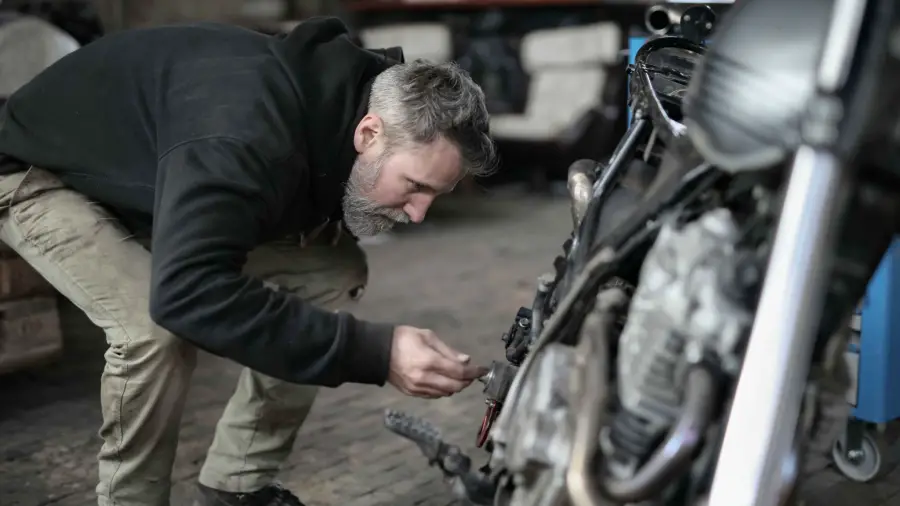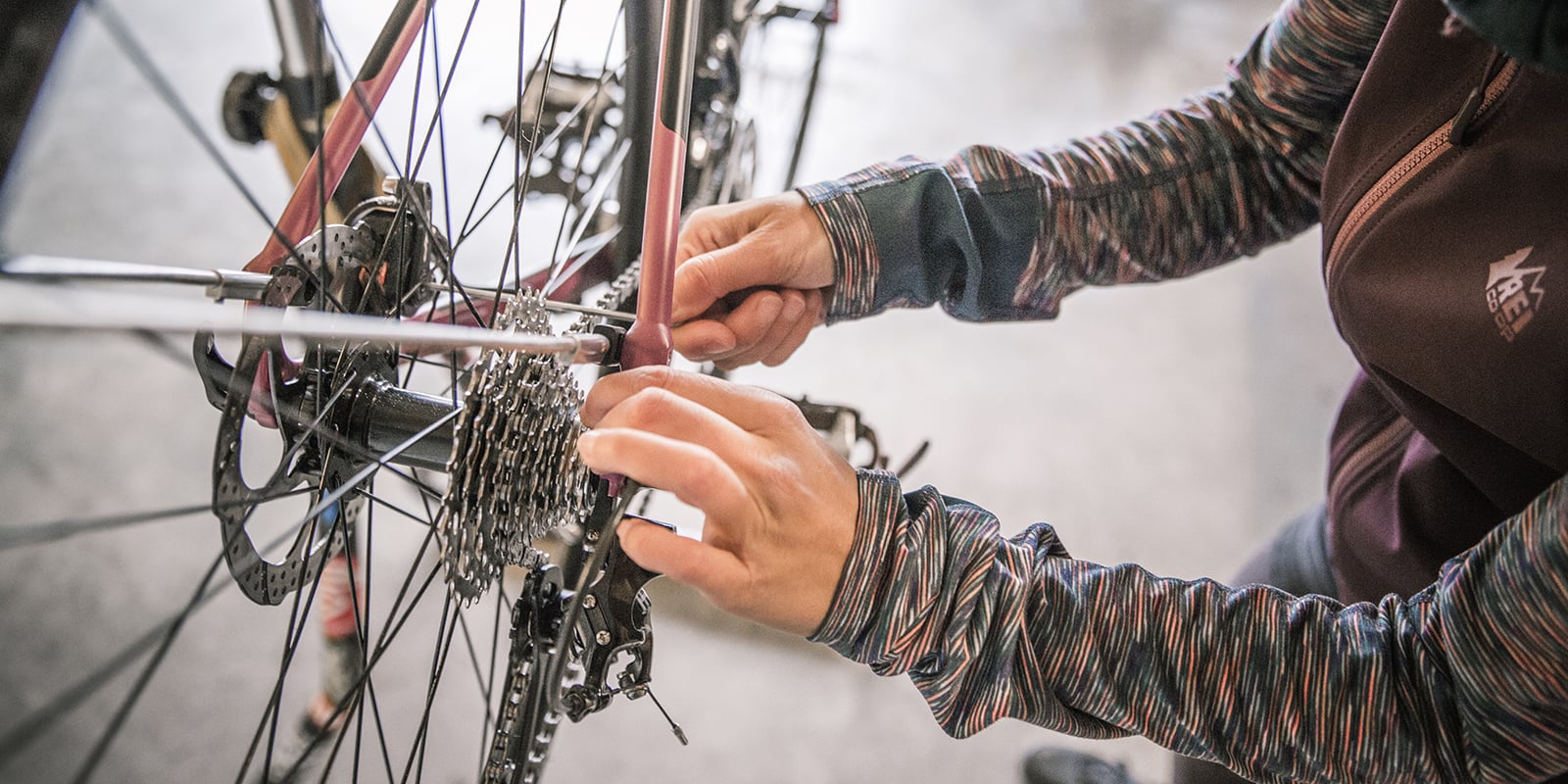When it comes to the safety of our little ones, there is a key item that should never be overlooked: the toddler bike helmet. It might come as a surprise to some, but did you know that wearing a helmet while riding a bike can reduce the risk of head injury by up to 85%? That’s a significant difference that can’t be ignored.
Toddler bike helmets play a crucial role in protecting our children during their cycling adventures. With a history dating back to the early 1970s, these helmets have come a long way in terms of design and safety features. Today, they are specifically engineered to provide optimal protection while also ensuring comfort and a secure fit. In fact, studies have shown that wearing a properly fitted helmet can reduce the risk of a serious head injury by as much as 70%. It’s a small investment that has the potential to make a huge difference in the safety of our little ones.
When it comes to keeping your toddler safe while riding a bike, a properly fitted helmet is essential. Look for a helmet that meets the safety standards, such as ASTM or CPSC certification. It should have a secure fit, adjustable straps, and ample ventilation to keep your little one comfortable. Additionally, choose a helmet with a bright color or reflective elements for increased visibility. Remember to replace the helmet if it’s involved in a crash or if it becomes damaged. Safety should always be the top priority when it comes to your toddler’s bike helmet.

Why Toddlers Need Bike Helmets
Toddlers are full of energy and curiosity, always eager to explore their surroundings. One exciting activity that many toddlers enjoy is riding a bike. Bike riding not only helps toddlers develop their gross motor skills but also gives them a sense of freedom and independence. However, it is crucial to prioritize their safety while they have fun. This is where toddler bike helmets come into play.
Toddler bike helmets are specially designed to provide protection for their delicate heads during bike rides. These helmets are essential to minimize the risk of head injuries in case of accidents or falls. According to the American Academy of Pediatrics (AAP), wearing a properly fitting helmet can reduce the risk of head injuries by up to 45%.
Bike accidents can happen unexpectedly, even at slow speeds. A fall from a bike can lead to severe head trauma, which can result in brain damage or even death. Toddlers have less-developed neck muscles compared to older children and adults, making them more vulnerable to head injuries. Therefore, investing in a high-quality toddler bike helmet is vital for their safety.
Before we dive into the details of toddler bike helmets, let’s explore the important factors to consider when purchasing one for your little rider:
1. Safety Standards and Certifications
When shopping for a toddler bike helmet, it is crucial to ensure that it meets the necessary safety standards and certifications. Look for helmets that comply with the Consumer Product Safety Commission (CPSC) standards, as they undergo rigorous testing and meet all the required criteria for optimal protection.
Another widely recognized certification is the European standard EN1078. Helmets with this certification have undergone extensive testing for impact resistance and provide excellent protection for toddlers.
Remember to check for the CPSC or EN1078 certification sticker inside the helmet or on its packaging to ensure that it meets the necessary safety requirements.
Factors to Consider:
- CPSC and EN1078 certifications
- Impact resistance testing
- Proper fitting guidelines
2. Proper Fit
Ensuring a proper fit is crucial for the effectiveness of a toddler bike helmet. A helmet that doesn’t fit correctly may not provide adequate protection in the event of a fall or accident.
When selecting a helmet, carefully measure your toddler’s head circumference using a soft measuring tape. The helmet should sit snugly on their head, covering the forehead and not obstructing their vision.
Many toddler bike helmets come with adjustable straps or a dial system at the back to achieve a secure and customized fit. Take the time to adjust these features properly to ensure a snug yet comfortable fit for your child.
Factors to Consider:
- Head circumference measurement
- Adjustable straps or dial system
- Secure and comfortable fit
3. Comfort and Ventilation
A comfortable helmet encourages toddlers to wear it without complaints. Look for helmets with ample padding on the inside for added comfort and cushioning. These pads also help in adjusting the fit for a better experience.
Good ventilation is another crucial factor to consider. Look for helmets with multiple air vents to keep your child’s head cool during hot weather. Sweating excessively can make wearing a helmet uncomfortable, so proper airflow becomes essential.
Some helmets offer removable padding and washable liners, making it easier to keep the helmet clean and fresh for prolonged use.
Factors to Consider:
- Ample padding for comfort
- Multiple air vents for ventilation
- Removable padding and washable liners
4. Design and Visibility
While safety is the top priority, toddlers are often attracted to vibrant colors and fun designs. Choosing a helmet with a design that your child loves can encourage their willingness to wear it.
Opt for helmets with reflective strips or stickers for better visibility, especially if your toddler rides during low-light conditions. These reflective elements enhance their visibility to drivers and other cyclists, reducing the risk of accidents.
Ensure the helmet’s design does not obstruct your child’s visibility. Clear sightlines are essential for their safety on the road or while exploring off-road trails.
Factors to Consider:
- Vibrant colors and fun designs
- Reflective strips or stickers
- Unobstructed visibility
Caring for a Toddler Bike Helmet
Ensuring the longevity and effectiveness of a toddler bike helmet goes beyond its initial purchase. Regular care and maintenance are essential to keep the helmet in optimal condition. Here are a few tips to help you care for your child’s helmet:
1. Cleaning
To clean the helmet, use a mild soap or baby shampoo mixed with warm water. Gently scrub the helmet with a soft cloth or sponge. Avoid using harsh chemicals or abrasive materials that may damage the helmet’s structure or the comfort padding.
Rinse the helmet thoroughly and allow it to air-dry before storing it in a cool and dry place.
2. Storage
Store the helmet in a safe and dry location, away from extreme temperatures and direct sunlight. Avoid placing heavy objects on top of the helmet, as this may damage its structure.
Additionally, it is important to store the helmet separately from other equipment or objects that may potentially cause damage.
3. Inspections
Regularly inspect the helmet for any signs of damage, such as cracks, dents, or loose parts. If you notice any issues, it is best to replace the helmet immediately to ensure optimal protection.
Inspect the helmet’s straps, buckles, and adjustment systems to ensure they are functioning properly. Loose or worn-out straps may compromise the helmet’s fit and can be a safety hazard.
Conclusion
Investing in a high-quality toddler bike helmet is an essential step in providing optimal safety for your little rider. Choose a helmet that meets the necessary safety standards, offers a proper fit, provides comfort and ventilation, and has a design that appeals to your child. Additionally, remember to care for the helmet regularly to ensure its longevity and effectiveness. By prioritizing your toddler’s safety with a bike helmet, you can enjoy bike rides together with peace of mind.
Toddler Bike Helmet
A toddler bike helmet is an essential protective gear designed specifically for young children who are learning to ride bikes. It serves to safeguard their delicate heads from potential injuries in case of accidents or falls. Here are some key points about toddler bike helmets:
- Size: Toddler bike helmets are smaller in size compared to adult helmets, ensuring a snug and comfortable fit for little heads.
- Design: They come in various appealing designs and colors, featuring popular characters or patterns that kids love.
- Protection: Toddler bike helmets are made with quality materials and incorporate impact-resistant outer shells and inner padding to protect against head injuries.
- Adjustable Fit: Many toddler bike helmets have adjustable straps and dials to provide a customizable fit for growing children.
- Comfort: Good ventilation systems and moisture-wicking pads ensure breathability and comfort during bike rides.
- Safety Standards: Look for toddler bike helmets that meet the safety standards set by organizations like ASTM (American Society for Testing and Materials) or CPSC (Consumer Product Safety Commission).

Frequently Asked Questions
Here are some commonly asked questions about toddler bike helmets:
1. What is the purpose of a toddler bike helmet?
A toddler bike helmet is designed to protect a child’s head in case of a fall or accident while riding a bike. It is specially designed with extra padding to absorb impact and reduce the risk of head injuries.
Additionally, a toddler bike helmet also helps to increase visibility on the road, as they often come with bright colors or reflective features.
2. How do I choose the right size toddler bike helmet?
Choosing the right size toddler bike helmet is crucial for optimal protection. To do so, you need to measure your child’s head circumference using a tape measure. The helmet should fit snugly on their head, covering their forehead and not tilting backward or forward.
Refer to the manufacturer’s size guide and choose a helmet size that corresponds with your child’s head circumference measurement. It’s also important to ensure that the helmet has adjustable straps and a secure fastening system to provide a customized fit.
3. How often should I replace my child’s toddler bike helmet?
A toddler bike helmet should be replaced if it has been involved in a crash or impact, as the structural integrity may be compromised. Even if it hasn’t been involved in an accident, it’s recommended to replace the helmet every 3 to 5 years or as per the manufacturer’s guidelines.
Regularly inspect the helmet for any cracks, dents, or signs of wear and tear. If you notice any damage, it’s best to replace it with a new one to ensure maximum protection.
4. Can my child wear a toddler bike helmet for other activities?
While a toddler bike helmet is specifically designed for biking, it can also be worn for other activities that involve riding on wheels, such as skateboarding, rollerblading, or scooter riding. However, it’s important to note that different activities may have specific helmet requirements.
Make sure to check the manufacturer’s guidelines and ensure that the helmet meets the safety standards for the specific activity your child will be participating in.
5. How do I care for my child’s toddler bike helmet?
To ensure the longevity and performance of your child’s toddler bike helmet, it’s important to care for it properly. Here are some care tips:
– Clean the helmet regularly with mild soap and water. Avoid using harsh chemicals or abrasive materials that could damage the helmet.
– Avoid exposing the helmet to extreme temperatures or direct sunlight for extended periods, as this may degrade its materials.
– Store the helmet in a cool and dry place, away from any potential damage.
The Bell Garage | Fitting a Toddler Helmet
In conclusion, toddler bike helmets are essential for the safety of young children when riding bikes. These helmets provide protection for their heads in case of falls or accidents. It is important for parents to ensure that their children wear helmets every time they ride a bike to minimize the risk of head injuries.
Toddler bike helmets should be properly fitted to ensure a secure and comfortable fit. Parents should look for helmets that meet safety standards and have features such as adjustable straps and ventilation. By prioritizing the use of toddler bike helmets, parents can help create a culture of safety and protect their children when they are out enjoying bike rides.
Other Post –

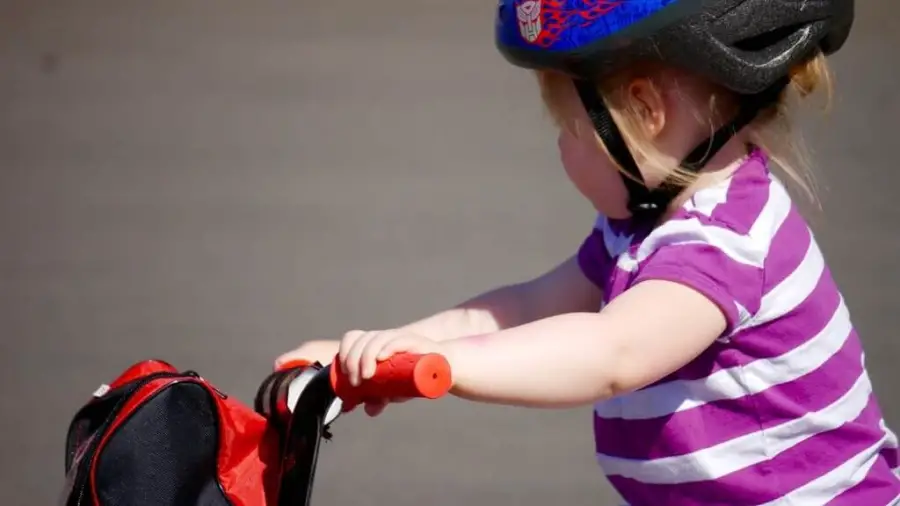
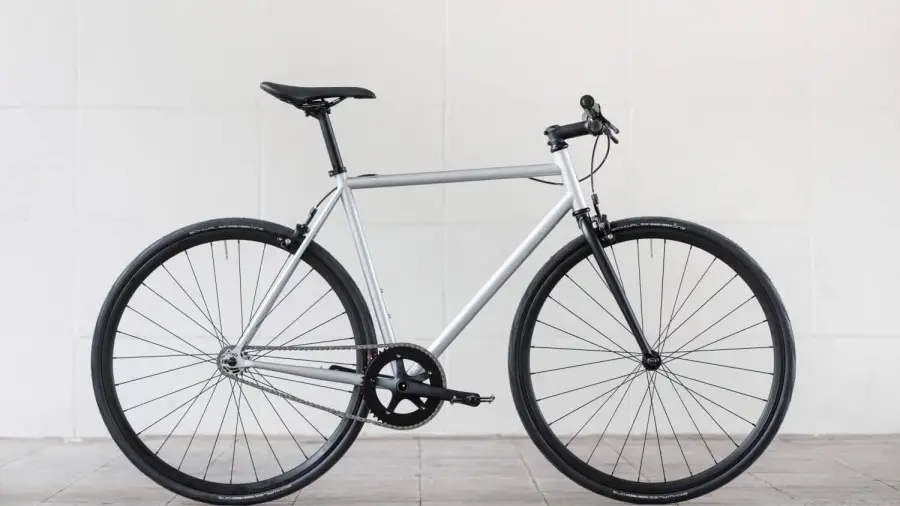


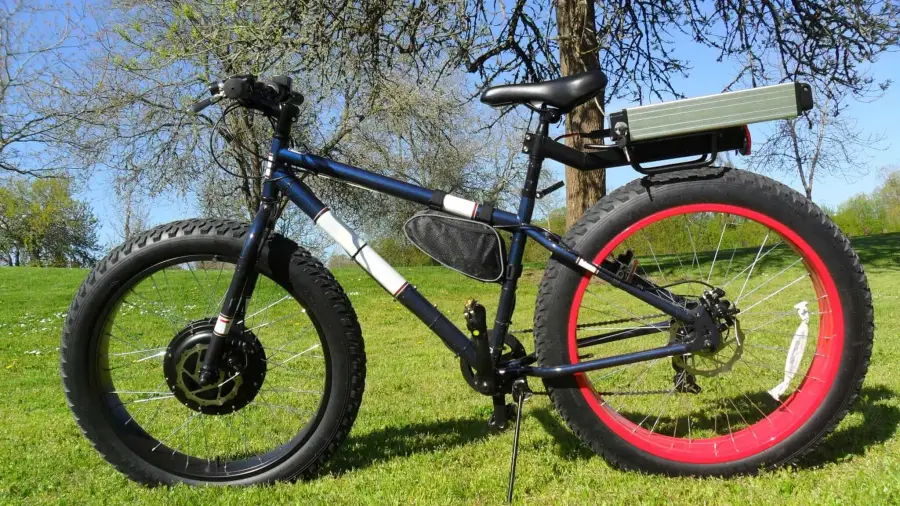

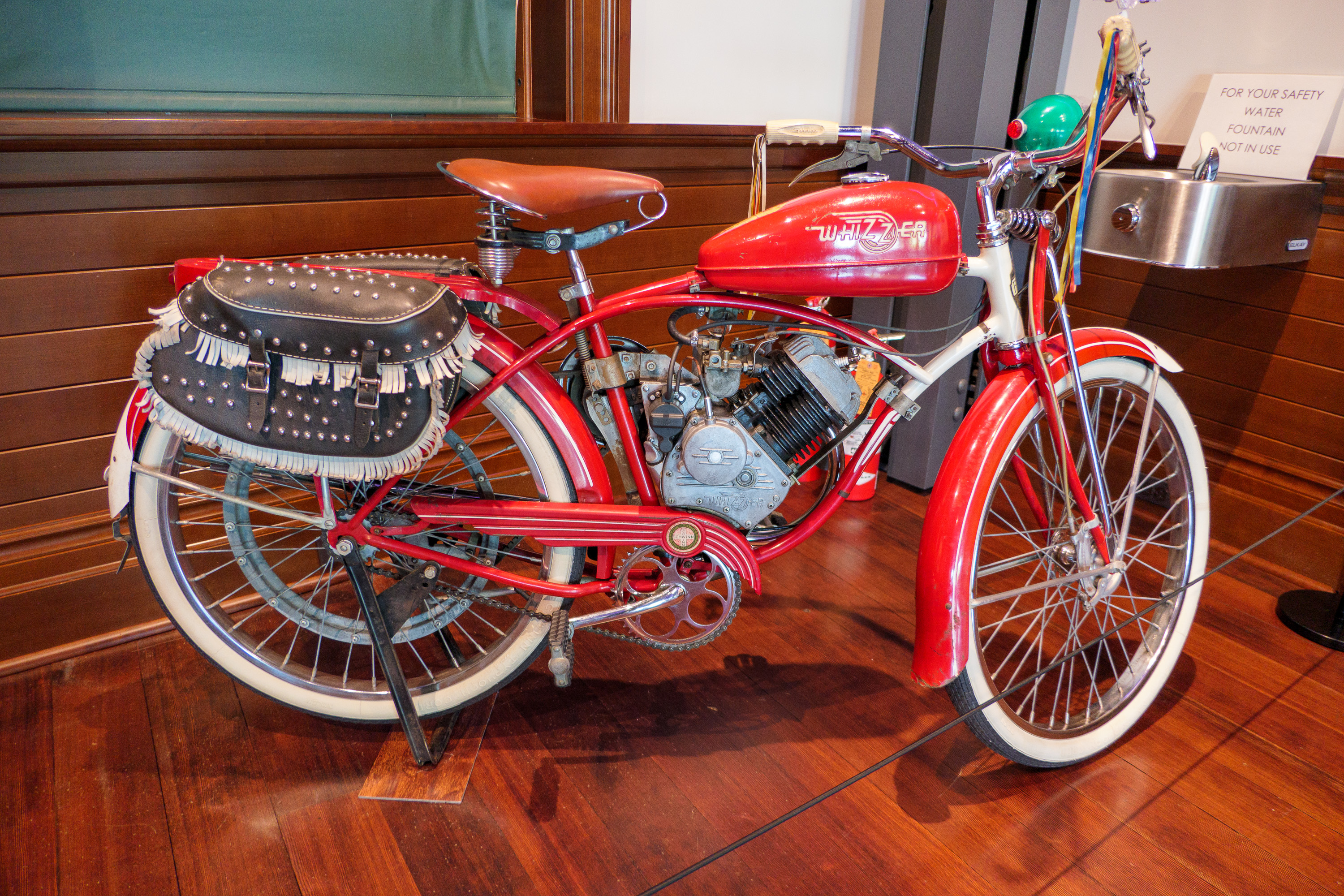
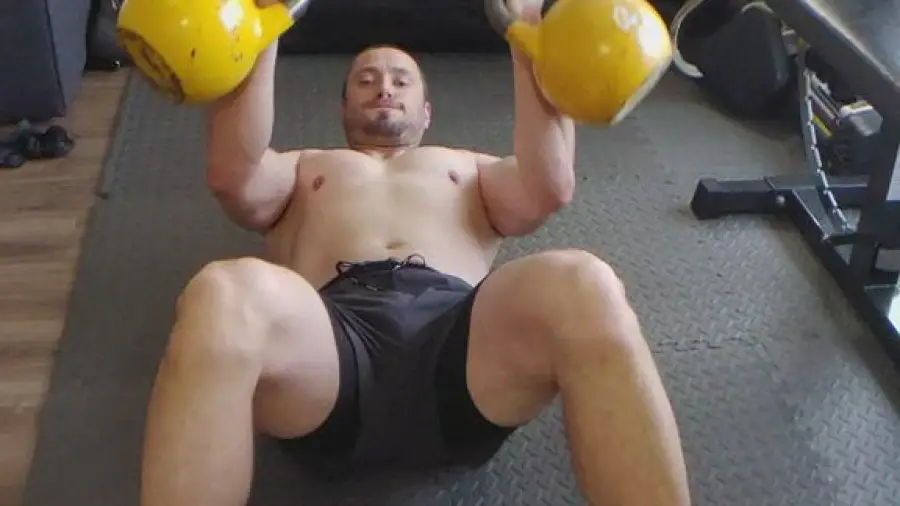









 Based on the given instructions, here is the example of an HTML article focusing on the Gymenist Exercise Kettlebell:
Based on the given instructions, here is the example of an HTML article focusing on the Gymenist Exercise Kettlebell: